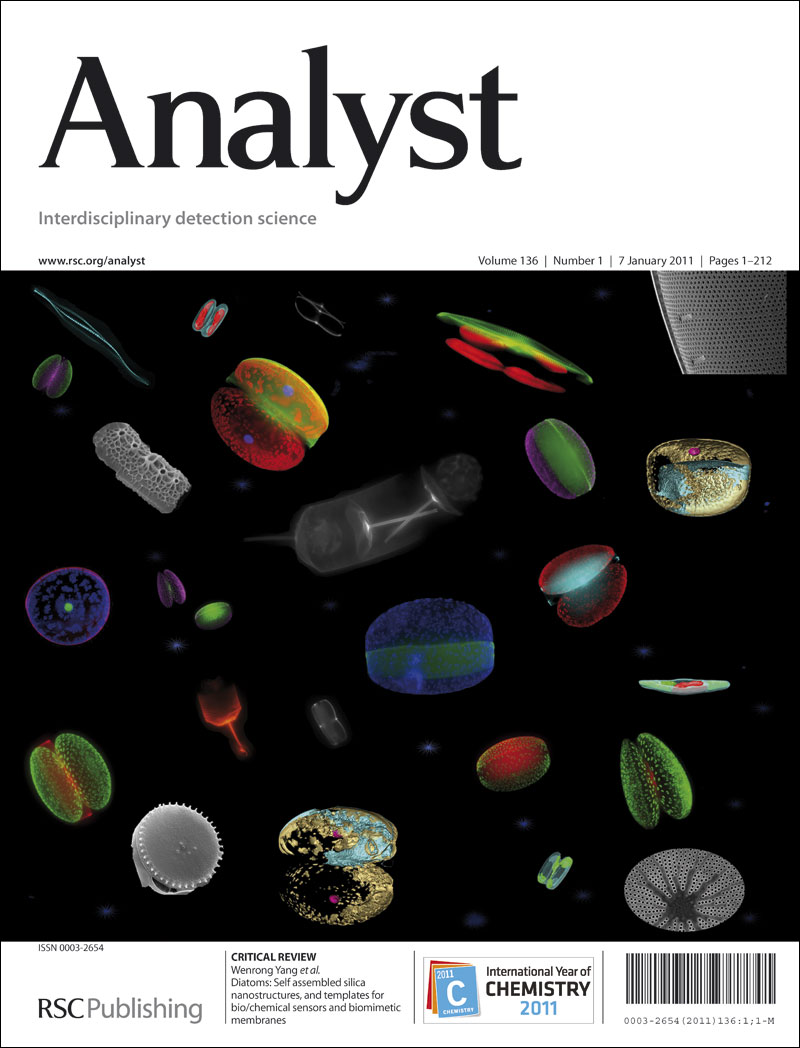Utilising highly conductive TPU “sticks” for facile and low-cost electroanalysis
IF 3.6
3区 化学
Q2 CHEMISTRY, ANALYTICAL
引用次数: 0
Abstract
Rapid, on-site analysis of environmental contaminants necessitates the use of cost-effective and straightforward apparatus to encourage widespread adoption and align with the United Nations Sustainable Development Goal 6: Clean Water and Sanitation. In this work, we report the development of highly conductive thermoplastic polyurethane (TPU) filaments that can be easily cut and assembled into “sticks”, functioning as standalone rod-like working electrodes for electrochemical and electroanalytical applications. Using TPU as the base polymer, filaments filled with 35, 40, and 45 wt% carbon black (CB) were fabricated and characterised both physicochemically and electrochemically at different lengths (2.5, 5 and 10 mm). Among these, the 45 wt% CB filaments demonstrated the best electrode performance. Interestingly, due to morphological differences between the cross-section and the outer surface of the filament, extending the length of the filament sticks to 10 mm resulted in significant splitting of electrochemical peaks. Consequently, 5 mm sticks were optimised and employed for the electroanalytical detection of acetaminophen, achieving a linear detection range of 5–800 μM, a detection limit of 1.74 μM, and a quantification limit of 5.70 μM. These sticks were further validated by successfully detecting acetaminophen in tap and river water samples. This work introduces an innovative approach to reducing costs and simplifying on-site electrochemical analysis by using predefined lengths of conductive plastic filaments, which can be conveniently transported and stored on a spool until needed. The simplicity and affordability of this method enhance the commercial viability of electroanalytical sensing technologies.

利用高导电性TPU“棒”进行简单和低成本的电分析
快速、现场分析环境污染物需要使用成本效益高且简单的仪器,以鼓励广泛采用,并与联合国可持续发展目标6:清洁水和卫生设施保持一致。在这项工作中,我们报告了高导电性热塑性聚氨酯(TPU)长丝的发展,这种长丝可以很容易地切割和组装成“棒”,作为电化学和电分析应用的独立棒状工作电极。使用TPU作为基础聚合物,制备了填充35%、40%和45%炭黑(CB)的长丝,并在不同长度(2.5、5和10毫米)上进行了物理化学和电化学表征。其中,45 wt%的炭黑丝表现出最好的电极性能。有趣的是,由于丝的横截面和外表面的形态差异,将丝棒的长度延长到10 mm会导致电化学峰的明显分裂。结果表明,对乙酰氨基酚的电分析检测范围为5 ~ 800 μM,检出限为1.74 μM,定量限为5.70 μM。通过成功检测自来水和河水样本中的对乙酰氨基酚,进一步验证了这些棒的有效性。这项工作引入了一种创新的方法,通过使用预定长度的导电塑料细丝,可以方便地运输和存储在线轴上,以降低成本并简化现场电化学分析。该方法的简单性和可负担性增强了电分析传感技术的商业可行性。
本文章由计算机程序翻译,如有差异,请以英文原文为准。
求助全文
约1分钟内获得全文
求助全文
来源期刊

Analyst
化学-分析化学
CiteScore
7.80
自引率
4.80%
发文量
636
审稿时长
1.9 months
期刊介绍:
"Analyst" journal is the home of premier fundamental discoveries, inventions and applications in the analytical and bioanalytical sciences.
 求助内容:
求助内容: 应助结果提醒方式:
应助结果提醒方式:


